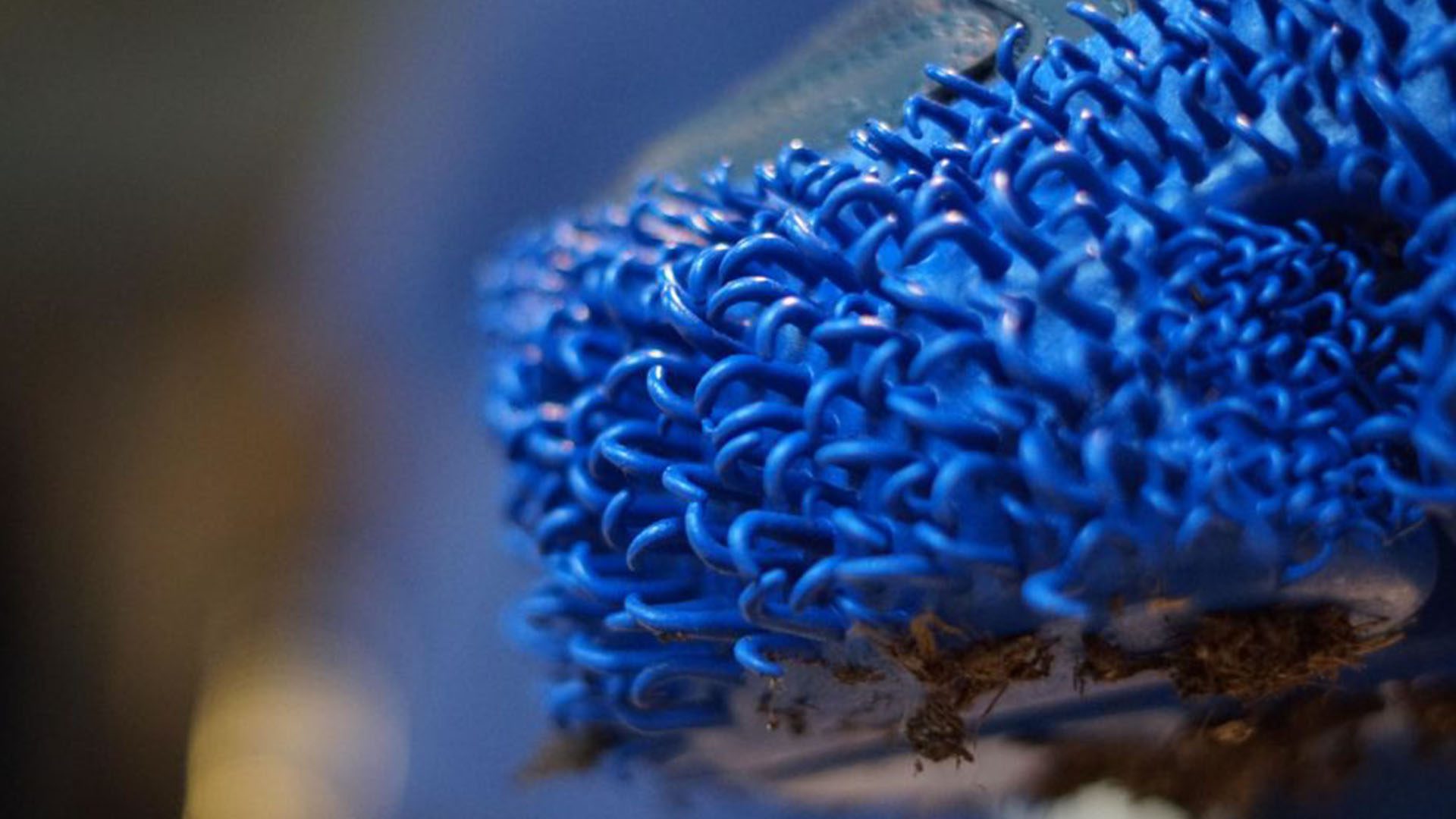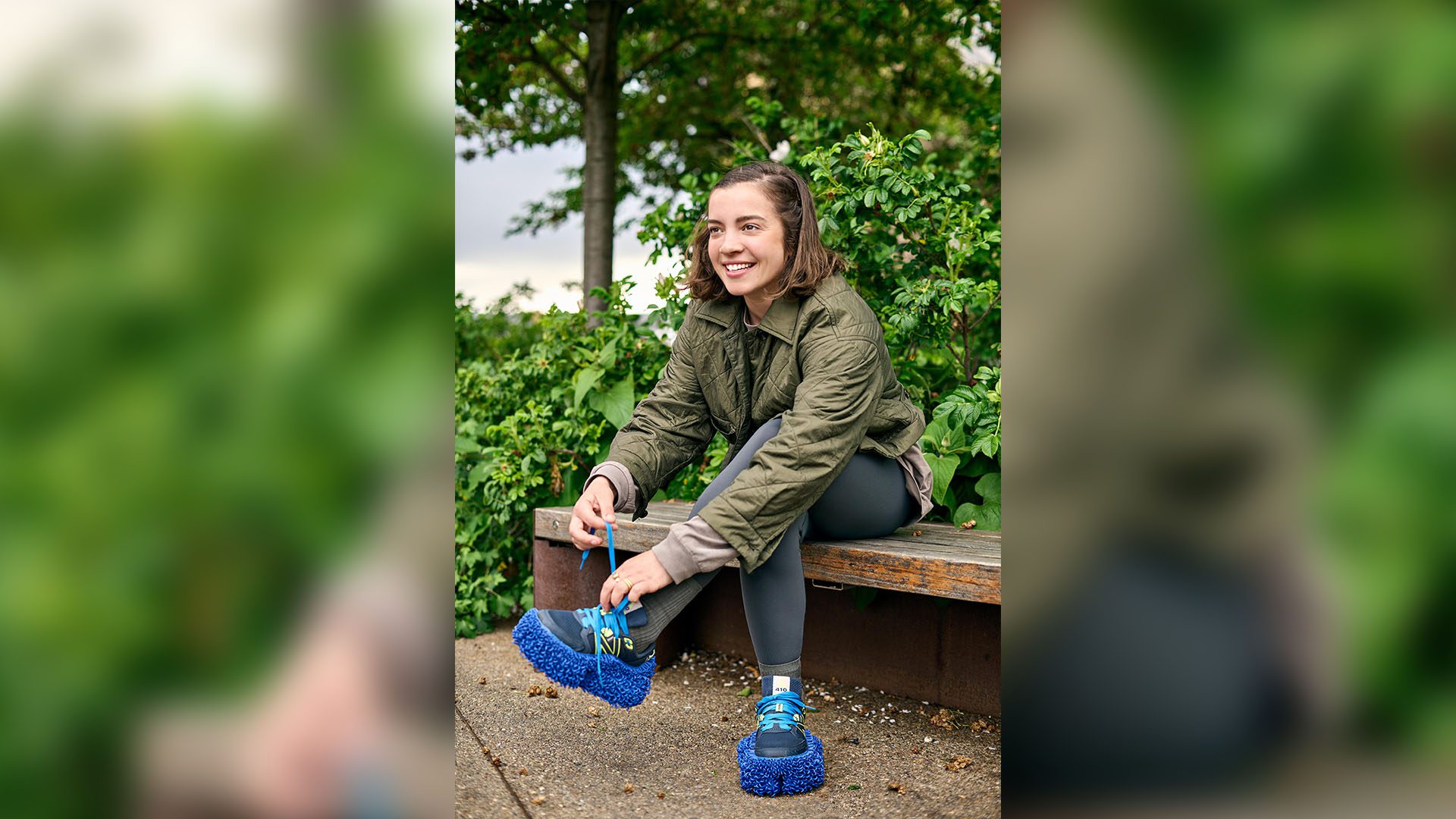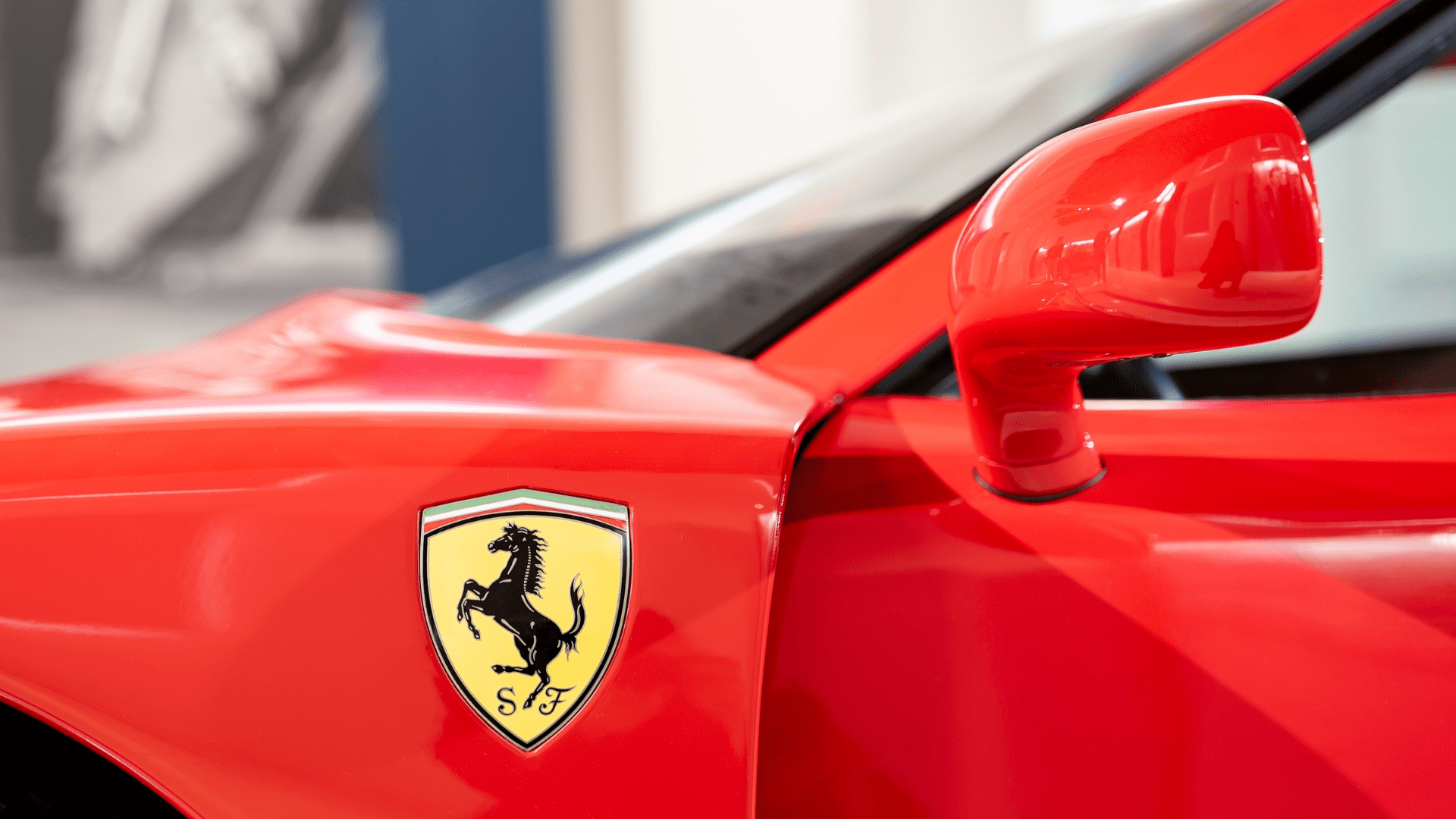The new ‘Rewild the Run’ shoe is a 3D-printed shoe outsole that is designed to allow the user to help heal nature during their morning run. The idea behind the shoe design is that the shoes will allow seeds to spread more and help with rewilding, a form of nature restoration that focuses on allowing the environment to take care of itself and reducing human intervention.

The outsole fits over regular sneakers and is covered in small loops which function as hooks, causing the shoe to pick up dirt and seeds and carry them along with the runner. The loops on the shoe are designed to mimic how certain types of seeds hook themselves onto the fur of wild animals. The bottom of the outsole is shaped like the hoof of a bison, a species that aerates the soil as they graze with their unique hoof shape, pressing seeds down into the ground.
“Living in London, I felt very disconnected from our local environment and our nature,” says Kiki Grammatopoulos, the product designer who created the outsole as a master’s student at Central Saint Martins. “So I started thinking about ways that I could replicate keystone species in London,” she adds, “because obviously, I can’t really bring in bison or wolves into King’s Cross.”
Utilizing the principles of biomimicry, the practice of replicating naturally occurring processes, Grammatopoulos took inspiration from two different seed types when designing the structure of the loops at the sides of the outsole – the grapple plant and the cocklebur. “The cocklebur has a straight spike, and the grapple plant has a slight curve,” she says. “I tried to incorporate them both.”

The cocklebur is also famous for having been the inspiration for the invention of Velcro. George de Mestral first thought of the idea in 1941 after finding cockleburs routinely clinging to his dog’s fur after walks. Grammatopoulos even used Velcro during the prototype testing stages of her outsole, “Before I did any 3D modeling, I’d cover my shoes in Velcro to just have a look at what my shoe would pick up and over what areas of the shoe,” she says.
Grammatopoulos points out, however, that the outsole is currently a concept rather than a commercial product. She’s interested in further developing the idea with the help of rewilding experts and more advanced production technologies.
“I wouldn’t expect anyone to run in these as they are right now,” she says, “It’s more about exploring … the environment you’re running in, and also to allow people to feel a bit more comfortable in running in greenery and not be scared of it.”
Rewilding is part of a larger approach toward allowing nature recovery, according to Ralph Fyfe, a professor of Geospatial Information and rewilding expert at the University of Plymouth, “In urban landscapes, the focus is often to increase biodiversity and support a series of environmental services that nature can provide – for instance contributing to net zero, supporting pollinators or reducing urban runoff,” he says.

According to Fyfe, we know that long-distance dispersal of seeds is possible as we’ve seen it with animals, thus the running shoes have the same potential for enabling genetic diversity in plant populations, “I don’t think the shoes will fully replicate this process, and of course, people will run in different places to animals, so there inevitably would be some inadvertent selection of plant species that benefit,” Fyfe says.
There is also, however, the potential for unwanted adverse effects according to Stephen Carver, a geographer and senior lecturer at the University of Leeds in the UK, “It’s an interesting idea, but my first impression is that it’s a great way to spread non-native, invasive weed species,” Carver says. “How will these shoes distinguish between the seeds of native and non-native plant species?”
Grammatopoulos agrees with Carver’s concerns and plans to address the potential problems as she continues to work on the development of her design, “Nonetheless, as the project is still in development, the design could be refined to select for certain species, or the user can avoid areas with known invasive species,” she says.







